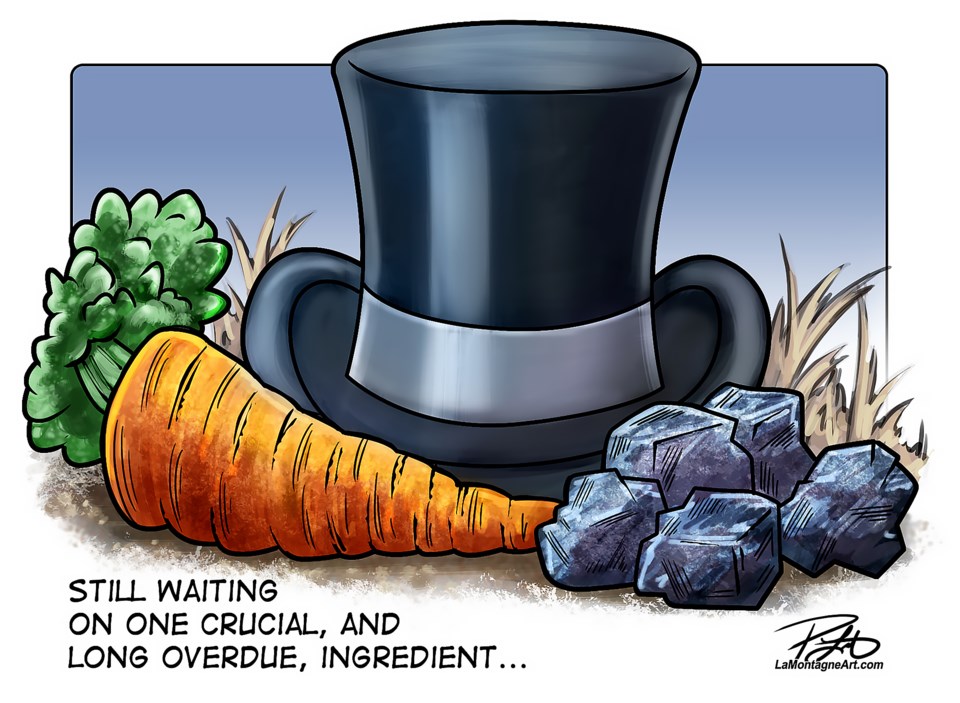It’s no secret the glaciers are melting.
Glaciers, by their nature, are gradually melting. But the existing pace as human-caused climate change impacts the environment is unsustainable as the majority are rapidly disappearing.
With glaciers storing water over several years and decades, the potential of losing them could be drastic for many areas of the country and continent.
While crucial for drinking water, it is ultimately also vital for the energy sector, agricultural purposes, large industrial manufacturing and it plays a tourism role with millions visiting them each year.
An estimated 10 to 12 per cent of the world is permanently in ice and snow, but 30 per cent is also seasonally covered. As those numbers gradually decline, the reality is grim.
In Banff National Park, the well-known Peyto Glacier – visited by 100,000s of people each year – could be gone in the next decade.
Since 2019, leading hydrologists have monitored and tracked roughly 450 metres of glacier toe retreat. In five years, that’s a simply astronomical and catastrophic number to put into words.
The Athabasca, Yoho, Victoria and Saskatchewan glaciers – also well-known throughout the world – are all melting at unprecedented rates in recent years.
A 2015 study published in Nature Geoscience anticipated the Rocky Mountains could lose up to 90 per cent of its glaciers by 2100 due to climate change, including 70 per cent in western Canada.
A 2023 study in the journal Science indicated that the majority of western Canada’s glaciers will no longer exist by 2100, meaning a person born in the region will see glaciers disappear in their lifetime.
Numerous other studies in the last decade have highlighted the quickening pace at which glaciers are vanishing in plain sight, ringing the alarm bell before they’re erased and only a chapter in history.
In 2025, the United Nations Institute for Water, Environment and Health is partnering with the Global Institute for Water Security at the University of Saskatchewan for the UN International Year of Glaciers’ Preservation Initiative in Canada.
The aim is to bring further local, national and international attention to the dire situation and the importance of acting now to slow the pace of glacier melting.
The Whyte Museum of the Canadian Rockies has launched an exhibit, Meltdown: A Drop in Time, to further highlight the importance of glaciers and feature photography of glacier ice.
The issues of water not only in Canada, but across the world, are absolutely paramount in the coming years. While parts of the country have access to an abundance of water – such as southern Ontario and the American Midwest that surrounds the five Great Lakes – the same isn’t true for other regions.
In Alberta, water scarcity hit home throughout last summer. While significantly impacting communities such as Okotoks, which has frequent water restrictions due to lack of supply, the farming communities across the Prairies were drastically hit hard.
As water becomes more scarce, its direct impact on other industries could lead to a further exacerbation in affordability such as food prices and oil costs.
In an OpEd in the Jan. 16 edition of the Outlook “Why glaciers matter,” Bob Sandford emphasized “there is even more to glaciers than their otherworldly beauty. Where mountains are our water towers, glaciers are water in the bank, so to speak.”
A source of reliable water supply is not a question of debate, but one of essence.



